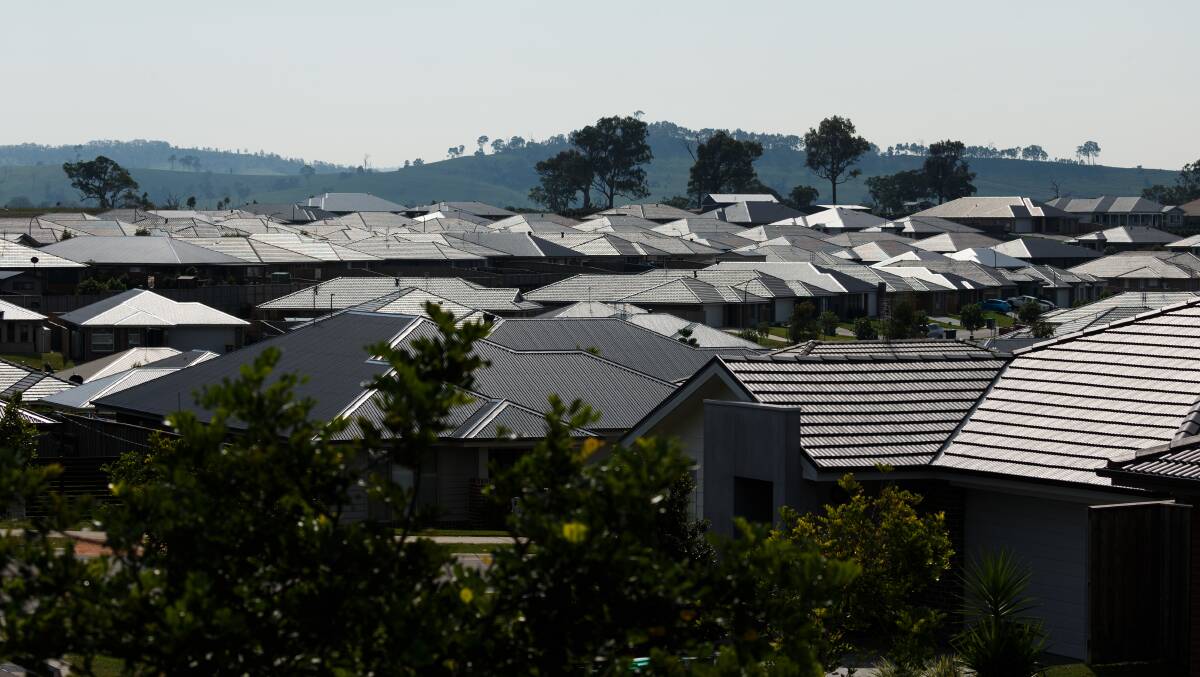
THE population in regional Australia has boomed by 11 per cent in the last decade, with an 832,000 extra people now living outside the capital cities.
Subscribe now for unlimited access.
or signup to continue reading
The spike in population is most prevalent in NSW, Victoria and Queensland, where some local government areas experienced a growth of more than 40 per cent.
Regional population data from the Australian Bureau of Statistics (ABS) released on Tuesday, shows that the Hunter region in NSW also experienced significant population growth from 2011 to 2021.
The population of Maitland jumped by 20,629 (29.5 per cent) and in Cessnock it increased by 11,597 (22.1 per cent) during the 10-year period.
In Victoria, the Greater Geelong local government area had the largest growth, with an extra 54,939 people. This is a 25.5 per cent increase.
Along with the increases, there were a number of declines in regional centres.
Mount Isa, located in Queensland's north-west was among those to experience largest and fastest declines, with 2853 people leaving the town. This was a drop of 12.9 per cent.
Ashburton in Western Australia's north-west experienced a decline of 23.9 per cent (2442 people), and the population of South Australia's outback fell by 40 per cent.
Regional areas with the highest growth rates
New South Wales
Maitland and Cessnock in the Hunter Valley experienced the highest growth rates in the past decade, with the population growing to 20,629 people and 11,597 people respectively.
Wollondilly, located south-west of Sydney, grew by 21. 5 per cent (9569 people). An extra 5365 people now call Byron Bay home (up 17.7 per cent), while Shellharbour's population grew by 10,225 (15.4 per cent).
While the Port Macquarie-Hastings LGA wasn't in the top five areas, its population grew by 11,353 (15.1 per cent) during the decade.
Victoria
Mitchell lead the way for the highest growth during the decade with its population now at 14,579 (up 41.5 per cent).
This was followed by Surf Coast local government area at 10,957 (up 41.1 per cent), Bass Coast at 10,408 (up 34.4 per cent), Baw Baw at 14,191 people (up 32.7 per cent) and Moorabool with a population of 9225 (up 32.2 per cent).
Just outside the top five locations was Greater Geelong which grew by 54,939 people (25.5 per cent) during the decade.
Ballarat also experienced a spike in its population which now sits at 18,297 people (up 19.2 per cent), so too did Greater Bendigo with 19,226 people (up 18.8 per cent).
Queensland
The coastal town of Mapoon in the Cape York Peninsula might have only grown by 161 people, but this as the highest growth rate, at 57.3 per cent, for the state.
This was followed by Ipswich at 61,102 (35.5 per cent), the Sunshine Coast with an extra 79,407 people (29.7 per cent), Lockhart River at 133 (25.6 per cent) and Moreton Bay at 94,377 (24.2 per cent).
South Australia
The remote Maralinga Tjarutja, located in the western fringes of the state grew by 27 people, this represented a population growth of 36.0 per cent.
The agriculture town of Yankalilla grew by 1477 people (33.2 per cent), Alexandrina's population expanded by 5132 people (21.3 per cent), the Lower Eyre Peninsula grew to 1047 people (20.9 per cent) and rounding out the top five was Gawler at 4317 (20.6 per cent).
IN OTHER NEWS:
While outside the top five, the Copper Coast LGA grew by 16.8 per cent to 2210 people, and Victor Harbor's population is now 2251 people (up 15.9 per cent).
Western Australia
The Augusta-Margaret River and Menzies local government areas shared the highest growth rates at 41.5 per cent each, this was thanks to an extra 5070 and 167 people respectively.
With the second highest growth rate was Chapman Valley and Chittering, both at 34.6 per cent. The populations are 415 people and 1567 people respectively.
The third highest rate went to Busselton with 10,483 people (up 33.3 per cent), Exmouth at 747 people (30.4 per cent) and Mandurah at 19,974 people (up 27.2 per cent).
Tasmania
The Sorrell LGA lead the way in Tasmania, with a 27.2 per cent growth rate during the decade thanks to 3629 extra residents.
Coming in second was Latrobe at 2430 (up 23.6 per cent), followed by Huon Valley at 2904 (up 18.3 per cent), Kingborough at 6122 (17.6 per cent) and Flinders at 129 (15.9 per cent).
Northern Territory
Growth rates were smaller in the Northern Territory, with Litchfield leading the way with a population increase of 14 per cent (2830 people).
Wagait's 45 new residents resulted in a 10.7 per cent growth. This was followed by Coomalie at 128 (10.0 per cent), Roper Gulf at 400 (5.7 per cent) and Katherine at 218 (2.1 per cent).


